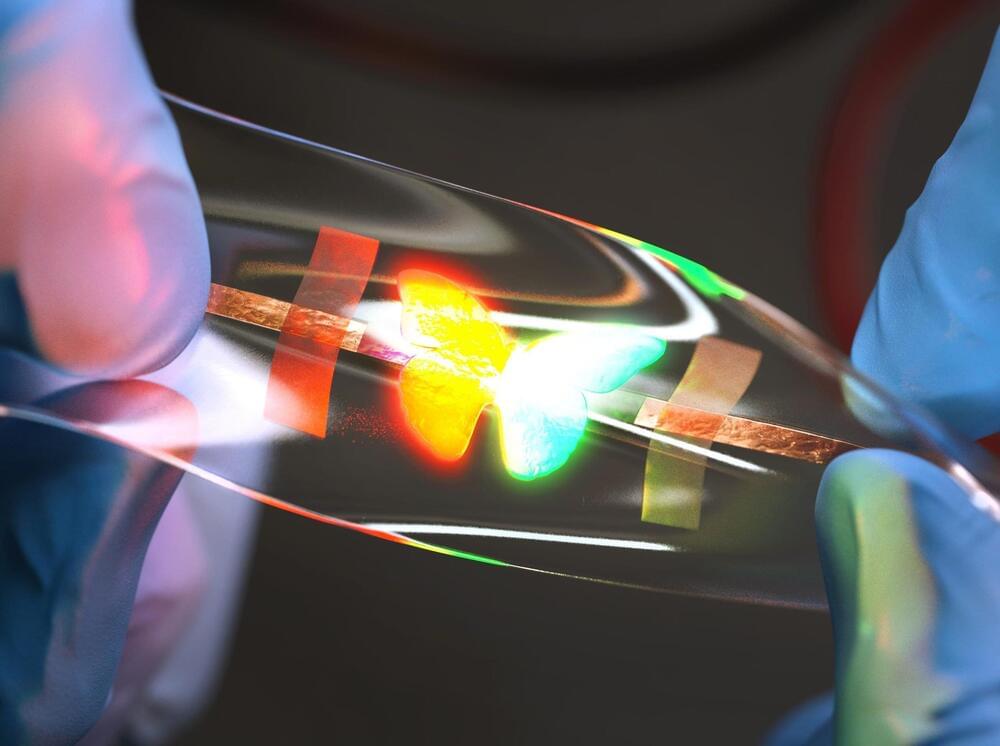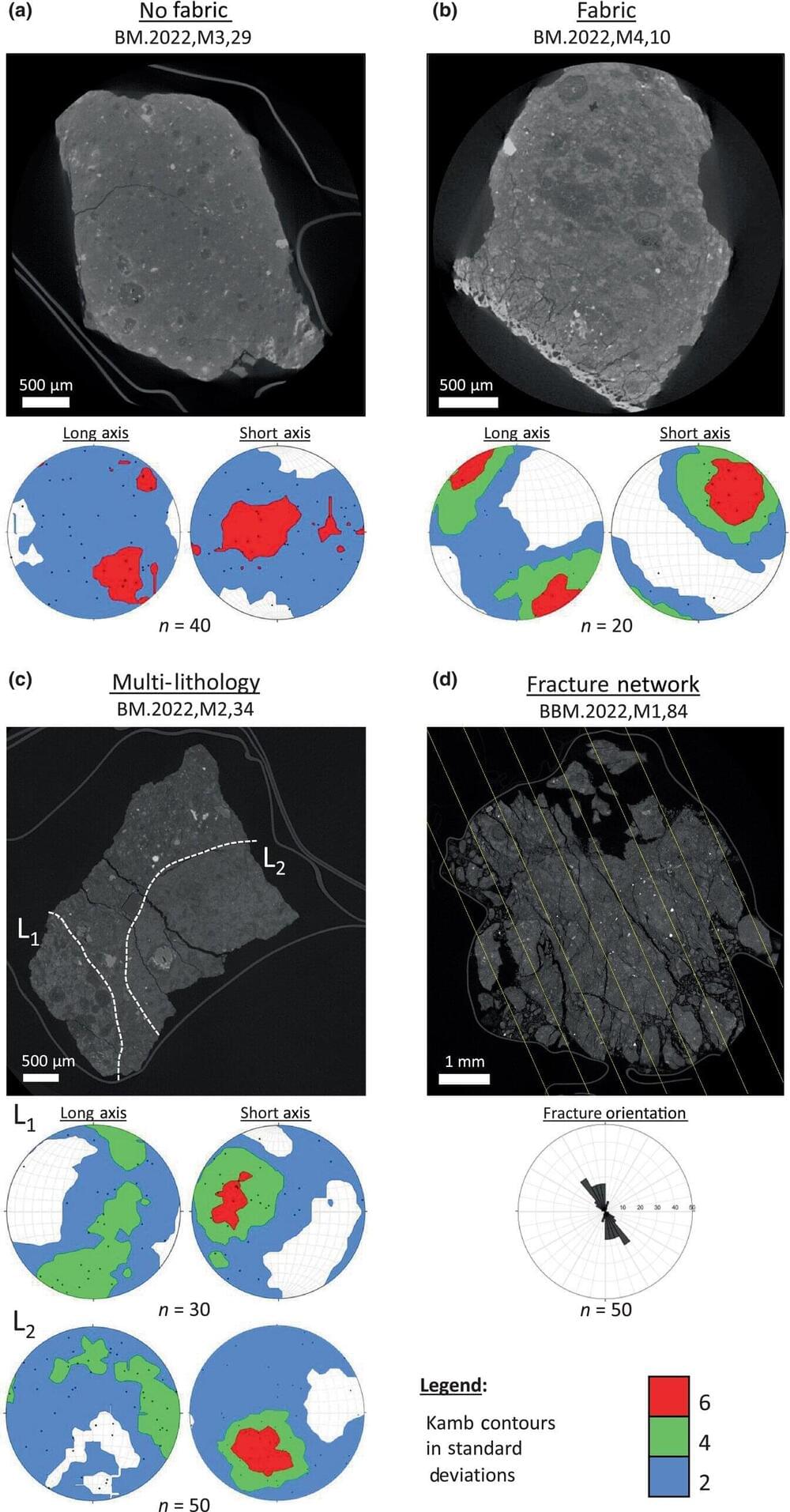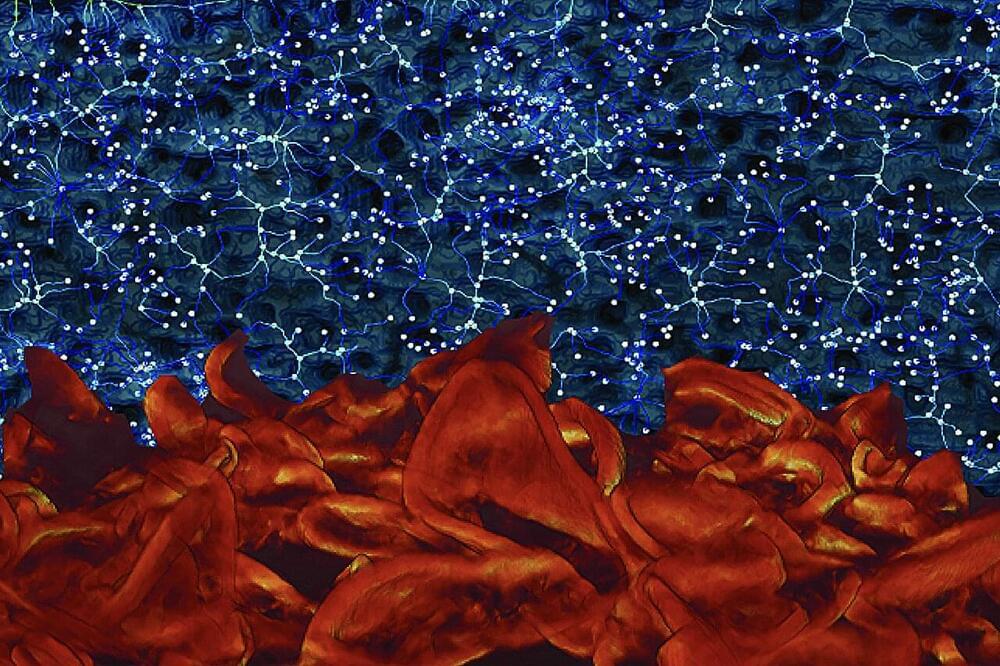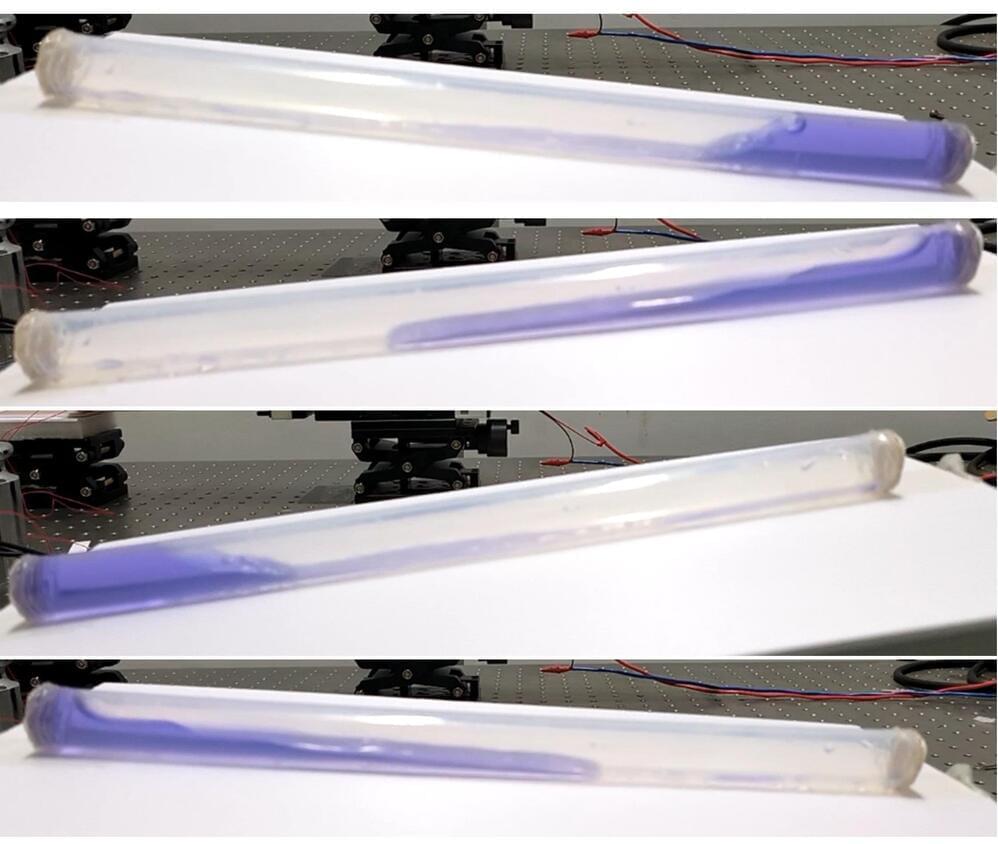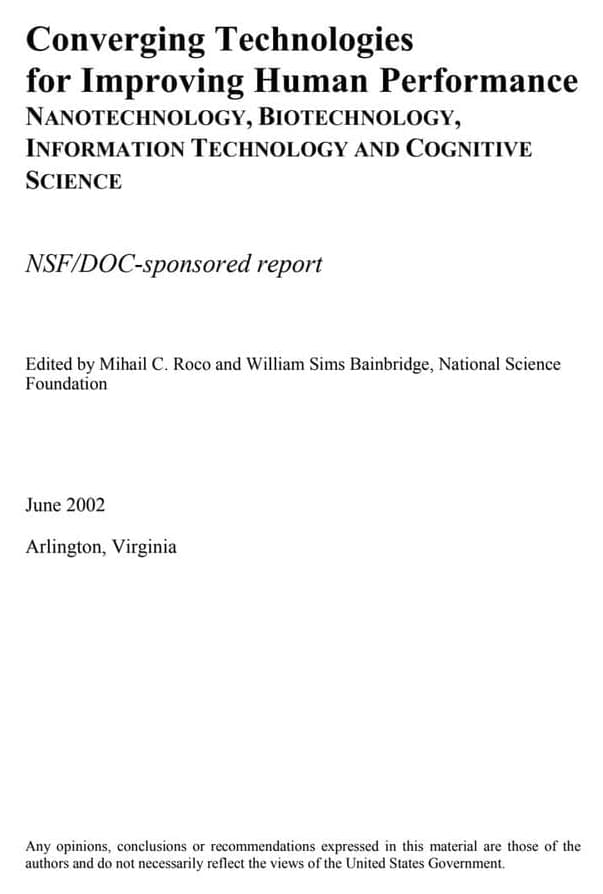Researchers are developing a technique that uses the special synchrotron X-ray light from the Swiss Light Source SLS to non-destructively digitize recordings from high-value historic audio tapes—including treasures from the Montreux Jazz Festival archive, such as a rare recording of the King of the Blues, B.B. King.
Magnetic tapes have almost completely disappeared from our lives and now only enjoy a nostalgic niche existence. However, significant quantities of these analog magnetic media are still stored in the archives of sound studios, radio and TV stations, museums, and private collections worldwide. Digitizing these tapes is an ongoing challenge as well as a race against time, as the tapes degrade and eventually become unplayable.
Sebastian Gliga, physicist at PSI and expert in nanomagnetism, and his team are developing a method to non-destructively digitize degraded audio tapes in the highest quality using X-ray light. To achieve this goal, they have been collaborating with the Swiss National Sound Archives, which has produced custom-made reference recordings and provided audio engineering know-how. Now, a partnership with the Montreux Jazz Digital Project will help to further develop and test the method.
